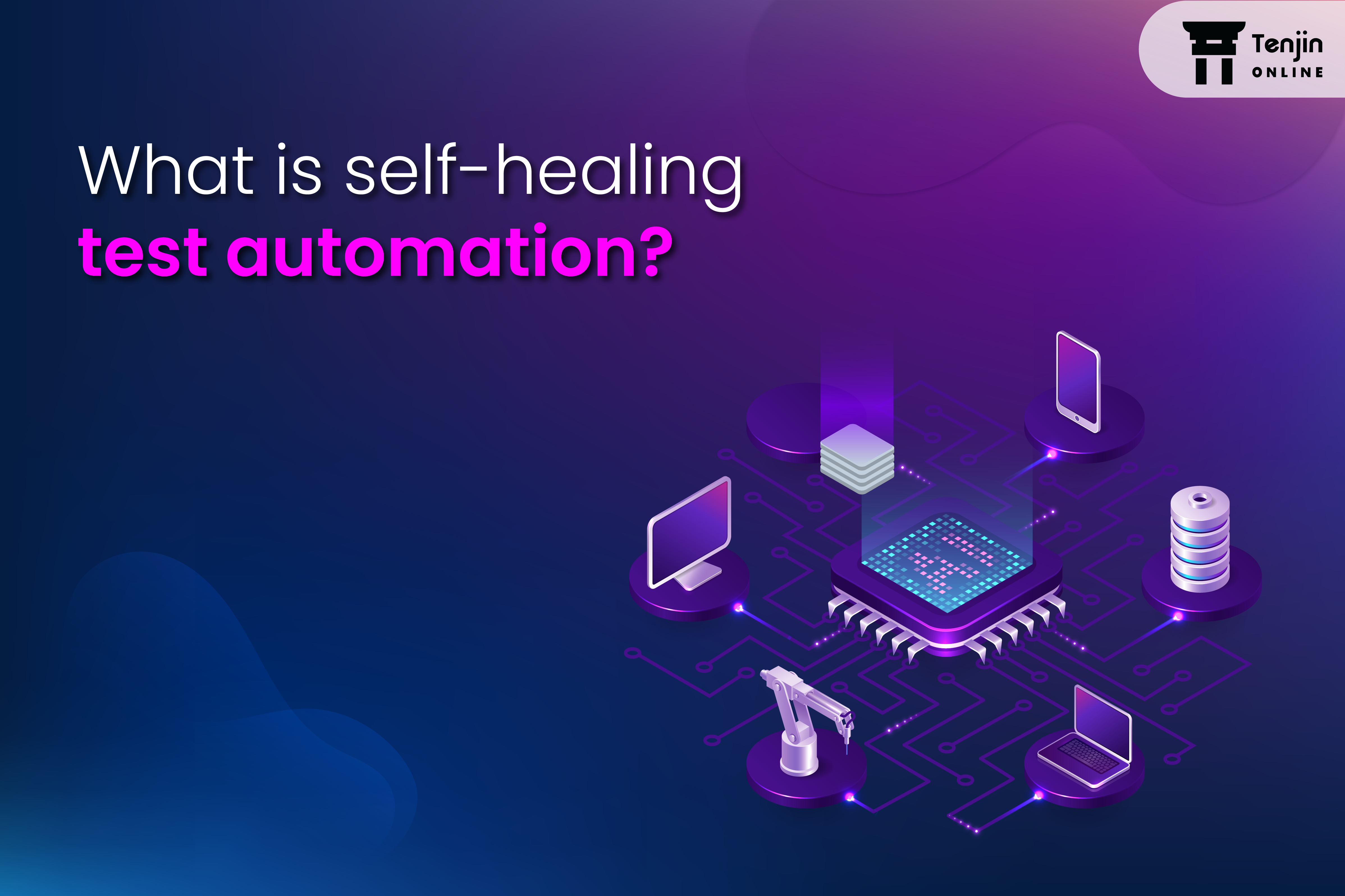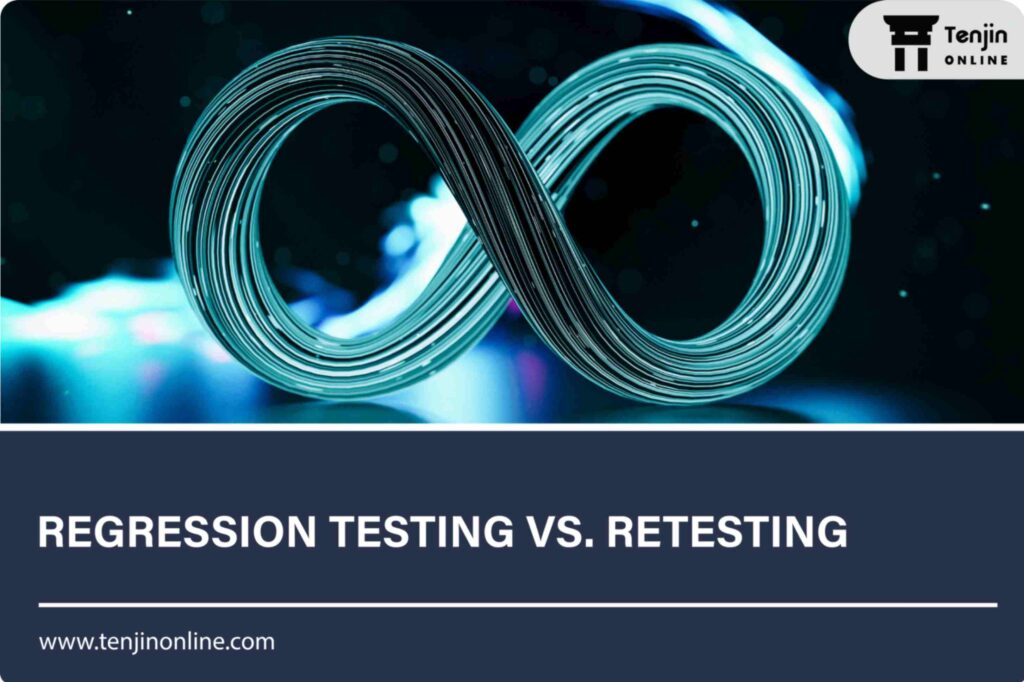
In the rapidly evolving world of software development, test automation has become a crucial component in ensuring the quality and reliability of software products. Test automation has been a key component in achieving faster and more efficient testing processes. However, as software systems become increasingly complex and dynamic, traditional test automation approaches face challenges in maintaining reliability and effectiveness. That is where a new approach called self-healing test automation has emerged, revolutionizing the way tests are designed, executed, and maintained.
The concept of self-healing test automation emerges as a game-changer. By incorporating self-healing capabilities into the test automation process, organizations can enhance their software quality assurance efforts and streamline their development lifecycle. The goal is to minimize human involvement and create resilient test suites that can adapt to changes in the application under test. In this article, we will understand the concept of self-healing test automation, its benefits, and how it can enhance the efficiency and effectiveness of software testing.
Understanding Self-Healing Test Automation
Self-healing test automation refers to the ability of a test automation framework to automatically detect and resolve failures or inconsistencies encountered during the testing process without manual intervention. Instead of relying solely on predefined scripts, self-healing test automation utilizes intelligent algorithms and machine-learning techniques to adapt to changes in the application under test. This adaptive behavior empowers the testing framework to automatically update test scripts, identify and handle changes in the user interface, and overcome unexpected obstacles during test execution.
Benefits of Self-Healing Test Automation
Increased Test Stability
Traditional test automation frameworks are vulnerable to failures due to changes in the application’s user interface or underlying codebase. Self-healing test automation mitigates this problem by automatically adjusting the test scripts to accommodate these changes, reducing false positives and false negatives.
Reduced Maintenance Effort
Maintaining a large test suite can be a significant challenge for QA teams. Self-healing test automation reduces the manual effort required to update test scripts whenever there are changes in the application. This frees up valuable time for testers to focus on more critical activities, such as exploratory testing and test case design.
Faster Test Execution
By automatically recovering from failures, self-healing test automation eliminates the need for manual intervention, reducing the overall test execution time. This enables faster feedback cycles, which is essential in agile and DevOps environments where speed is crucial.
Improved Test Coverage
Self-healing test automation can help improve test coverage by automatically adding alternative test cases when failures occur. By dynamically adapting to changing application behavior, it ensures a broader range of scenarios is covered, increasing confidence in the software’s quality.
Early Detection of Issues
Self-healing test automation can proactively identify issues in the test suite and trigger alerts or notifications. By continuously monitoring the test execution, it enables teams to address problems early in the development cycle, reducing the cost and impact of defects.
Challenges and Considerations
While self-healing test automation offers numerous benefits, it is not without its challenges. Here are a few considerations to keep in mind:
False Positives and Negatives
Self-healing algorithms may sometimes make incorrect assumptions or fail to handle certain scenarios correctly, leading to false positives or negatives. Regular monitoring and fine-tuning of the self-healing mechanisms are necessary to minimize these occurrences.
Initial Setup and Configuration
Implementing self-healing test automation requires an investment in time and resources to set up the necessary infrastructure, develop or select appropriate tools, and train the testing team on utilizing the new approach effectively.
Application-Specific Considerations
Self-healing mechanisms may need customization and tuning to suit specific application architectures and technologies.
Skill and Knowledge Requirements
Adopting self-healing test automation may require testers to acquire new skills in machine learning, algorithms, and pattern recognition. Adequate training and support should be provided to ensure successful implementation.
Conclusion
Self-healing test automation mechanisms revolutionize the way test automation is performed in the ever-changing landscape of software development. By automating the adaptation and maintenance of test scripts, these mechanisms improve efficiency, reduce costs, and enhance the overall quality of applications. As organizations strive to deliver software faster and with higher reliability, self-healing test automation becomes a critical enabler in achieving those goals. Embracing this technology empowers development and testing teams to focus on innovation and ensures that testing efforts keep pace with the evolving software landscape.


